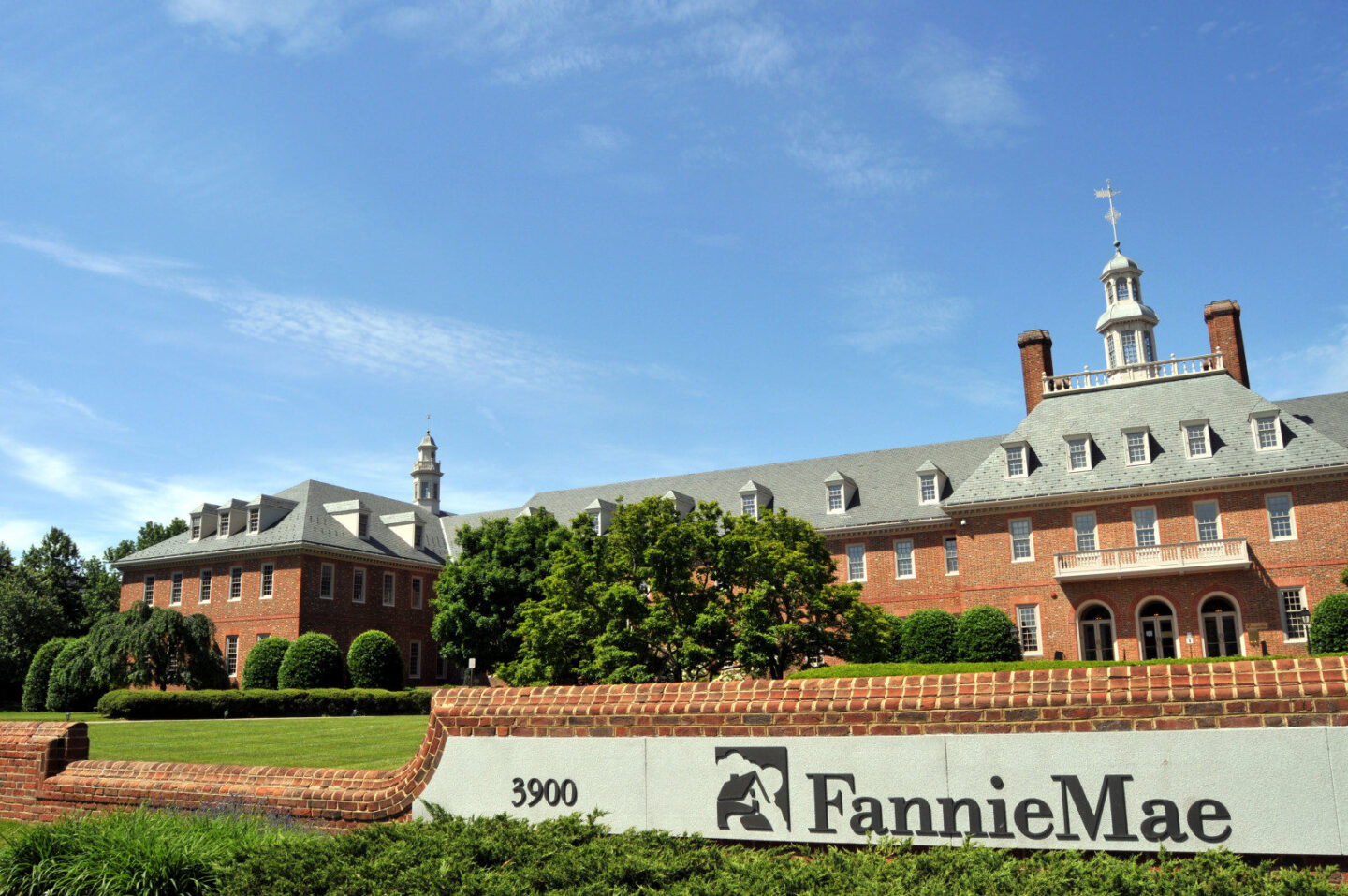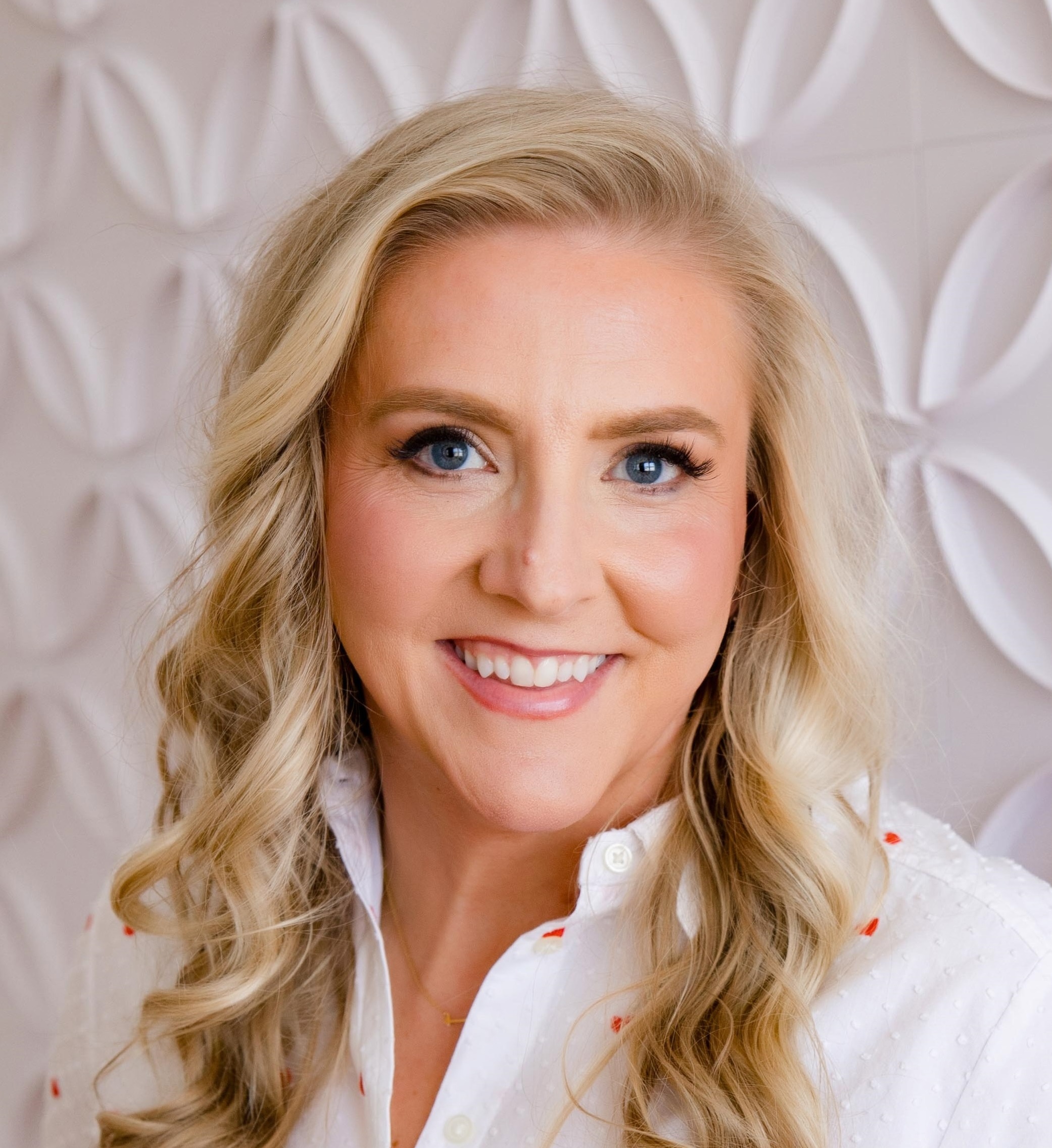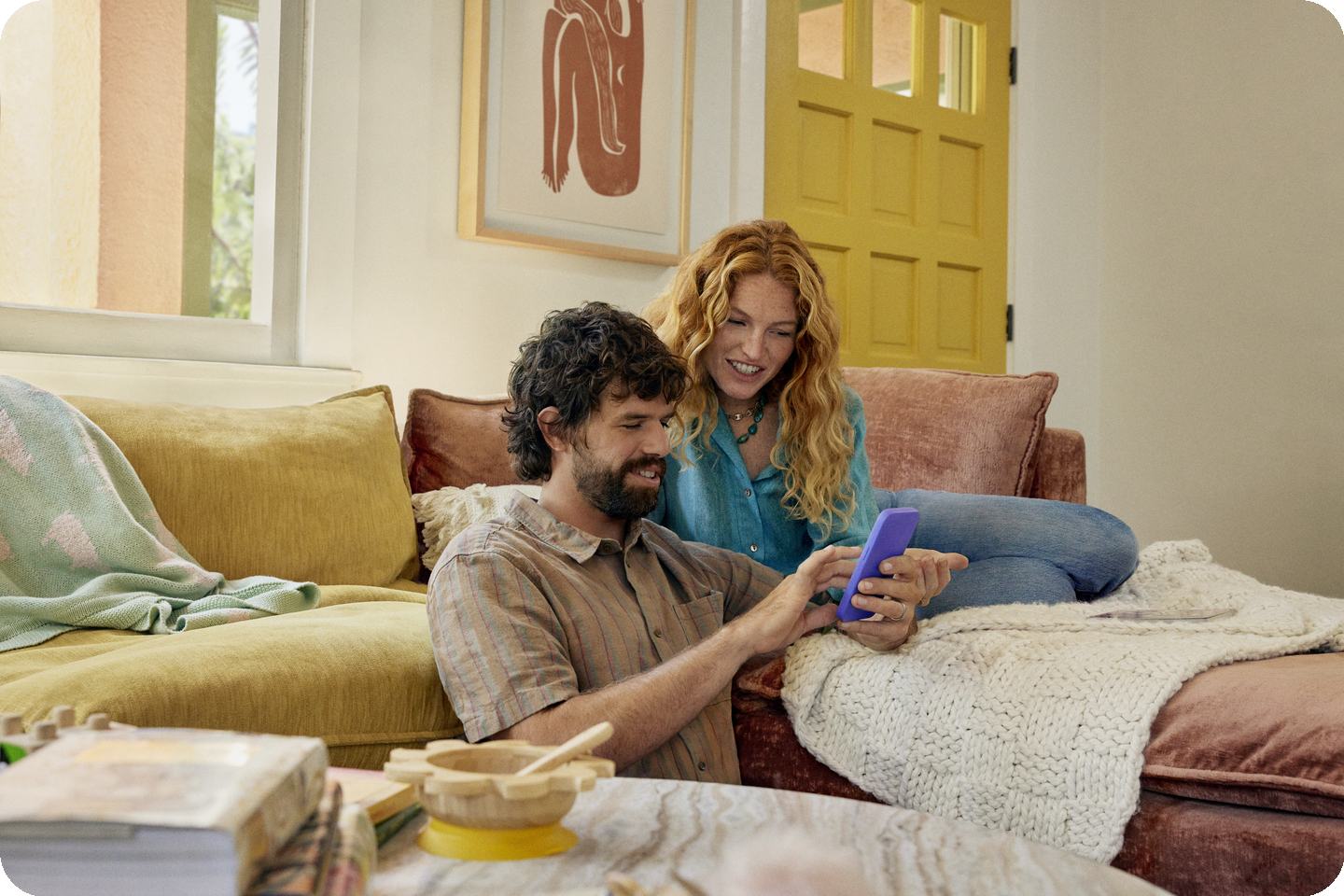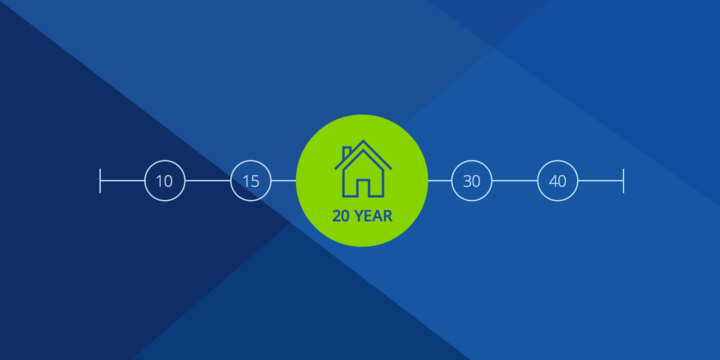Fannie Mae HomeReady Mortgage®: A Comprehensive Guide
Looking for a low down payment mortgage? Fannie Mae's HomeReady allows borrowers to purchase a home with just 3% down. Read more about the benefits of this new loan type.


Written by Shawnna Stiver on May 2, 2025

Buying a home can feel out of reach for many, especially when traditional loans require large down payments and strict income qualifications. Enter Fannie Mae’s HomeReady Mortgage, a program designed to make homeownership more accessible and achievable for low- to moderate-income buyers. By offering more flexible eligibility criteria than most conventional mortgages and innovative benefits, this mortgage is transforming opportunities for aspiring homeowners.
This guide will help you understand what a HomeReady mortgage is, who qualifies, and how it compares to other loan options. Plus, we’ll explore its benefits, drawbacks, and guidelines.
Who qualifies for a HomeReady loan?
Fannie Mae is a government-sponsored enterprise that buys and sells conventional loans. The HomeReady mortgage program was created to broaden access to home financing, and its eligibility guidelines reflect that mission. Here's how it works:
- Low- to moderate-income borrowers: The program is targeted at households earning up to 80% of the area’s median income (AMI). You can use Fannie Mae’s map to check the income limits in your area.
- First-time and repeat buyers: This loan is available to both first-time buyers and those who've owned a home previously, making it versatile for different situations.
- Strong but flexible credit requirements: Ideal candidates typically need a credit score of at least 620. For the best terms, a score above 680 is recommended. Higher debt-to-income ratios (up to 50%) are possible with a credit score over 700.
- Multiple income sources: Unconventional income streams are welcome. For example, rental income or contributions from household members not on the loan can help borrowers qualify.
- Complete homeownership education: First-time applicants are required to complete a four- to six-hour online education course. This ensures borrowers are well-prepared for the responsibilities of homeownership.
- Borrower credit: Eligible low-income borrowers may take advantage of a $2,500 credit to use toward closing cost or down payment assistance.
HomeReady loan program benefits
The HomeReady mortgage stands out as a flexible and borrower-friendly loan option. Here are some of its key benefits:
1. Low down payment
Buyers can purchase a home with as little as 3% down, making it more accessible than other options like FHA loans that require a 3.5% minimum.
2. Reduced mortgage insurance costs
Unlike FHA loans, HomeReady mortgages often have lower mortgage insurance (MI) costs, saving buyers money over time. MI can even be canceled once you’ve built enough equity in your home, which can be a major cost advantage.
3. Non-traditional income counts
Borrowers can use income from multiple sources toward qualification:
- Boarder income from an established tenancy (typically requires proof of receiving payment for 9 months and a rental lease agreement).
- Contributions from non-borrower household members.
- Additional income streams like bonuses or side jobs.
4. Flexibility with down payments
Home buyers can use gift money or grants to cover 100% of their down payment and closing costs, making the process even more manageable.
5. Available for multi-unit properties
Want to buy a duplex or triplex? HomeReady allows you to purchase multi-unit properties as long as you live in one of the units. This option can even generate rental income to help pay your mortgage.
HomeReady loan program drawbacks
While HomeReady offers numerous advantages, there are some limitations to consider:
1. Income restrictions
To qualify, your household income must not exceed 80% of the area median income (AMI). Buyers in higher-income households may not be eligible.
2. Property type restrictions
The HomeReady mortgage requires the buyer to use the property as their primary residence. If you’re looking to buy a vacation home or investment property, this program isn’t the right fit.
3. Loan limits
Loan amounts must fall within conforming loan limits, which vary by region. Larger purchases in high-cost areas may require a different type of loan.
4. Education requirements
While homebuyer education is valuable, it does add an extra step to the loan application process if you’re a first-time applicant. Plan to spend just 3-4 hours total completing the free online course.
What are the income limits for HomeReady?
Income limits are a critical component of HomeReady eligibility. Here's how the national guidelines work:
- Properties outside designated low-income areas face an income cap of 80% of the area's median income (AMI).
- Properties in low-income census tracts have no income restrictions, expanding eligibility options.
Sources of qualifying income:
Income types that typically qualify for a HomeReady loan include:
- Wages, salaries, and tips
- Bonuses and commissions
- Overtime pay
- Rental income from eligible properties or renting out extra rooms
If your income alone isn’t enough to qualify, you can add occupying or non-occupying co-borrowers to the loan. Lenders will also take into account income documentation (paystubs and W2s, for example) of people who won’t be on the loan but will verify in writing that they’ll be living in the home with you for at least 12 months. Check with your lender on whether it formally counts this into your debt-to-income ratio calculation or if it is just using it as an added consideration (called a “compensating factor”) to help make a decision.
Fannie Mae HomeReady guidelines
HomeReady loans carry specific guidelines for borrowers and properties alike. These are a few highlights to help you better understand eligibility and expectations.
Property types: Accepted properties include single-family homes, condos, townhomes, manufactured homes (must meet MH Advantage requirements), and multi-unit homes up to four units. Think of it as an opportunity to own while potentially earning rental income.
Occupancy requirements: Homeowners must live in the property as their primary residence. This type of loan isn’t available for vacation homes or full-time rentals.
Loan term options: You can choose 10-, 15-, 20- or 30-year fixed-rate mortgages or adjustable-rate mortgages (ARMs) of either five-year, seven-year or ten-year, allowing for flexible repayment plans.
HomeReady Loans vs. FHA Loans
Both HomeReady and FHA loans aim to make homeownership easier, especially for low- to moderate-income buyers, but each program comes with unique benefits and drawbacks.
FHA loans require a 3.5% down payment, slightly more than HomeReady's 3%, and their mortgage insurance remains for the life of the loan unless refinanced. However, FHA loans don't impose income limits, making them better suited for buyers in higher-income brackets.
| Feature | HomeReady | FHA |
|---|---|---|
| Down payment | 3% | 3.5% |
| Income limits | Yes | No |
| Credit requirements | Minimum 620 (680 preferred) | Minimum 580 |
| Mortgage insurance | Lower PMI that can be canceled | Higher PMI, lasts for the life of the loan |
| Multi-unit properties | Allowed (must be owner-occupied) | Allowed (must be owner-occupied) |
HomeReady Loans vs. Home Possible Loans
Home Possible, a Freddie Mac program, shares many similarities with Fannie Mae's HomeReady but serves slightly different audiences. Choosing between HomeReady loans vs. Home Possible might come down to your credit score. Home Possible requires borrowers to have slightly higher minimum credit scores (at least 660). Additionally, while Home Possible allows co-borrowers who don't live in the home, HomeReady excels in factoring rental income into its affordability equation.
| Feature | HomeReady | Home Possible |
|---|---|---|
| Down payment | 3% | 3% |
| Income limits | 80% AMI | 80% AMI |
| Homeownership education | Required | Required |
| Credit requirements | Minimum 620 | Minimum 660 |
| Non-traditional income | Counted | Counted |
Take the next step toward homeownership
The Fannie Mae HomeReady Mortgage is an excellent choice for buyers seeking flexibility, affordability, and support in purchasing their dream home. Whether you’re leveraging creative income sources or looking for a way to minimize upfront costs, this program can open doors to new possibilities.
To determine if a HomeReady mortgage is right for you, explore Fannie Mae's tools, or connect with a mortgage lender in your area who can walk you through the fine print. The path to your perfect home might be closer than you think!
How much home can you afford?
At Zillow Home Loans, we can pre-qualify you in as little as 5 minutes, with no impact to your credit score.
Zillow Home Loans, NMLS # 10287. Equal Housing Lender
Get pre-qualifiedHow much home can you afford?
See what's in reach with low down payment options, no hidden fees and step-by-step guidance from us at
Zillow Home Loans.
Zillow Home Loans, NMLS # 10287. Equal Housing Lender
Calculate your BuyAbility℠
Related Articles
Get a mortgage with Zillow Home Loans
Go from dreaming to owning with low down payment options, competitive rates and no hidden fees. A dedicated loan officer will guide you until you have your keys in hand.

Zillow Home Loans, NMLS #10287. Equal Housing Lender.



